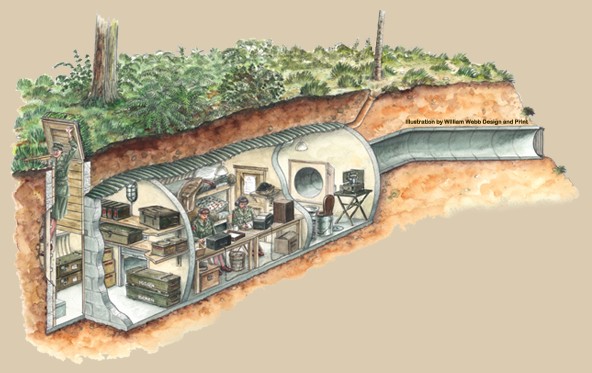
The Special Duties Branch was set up in July 1940. Led by Intelligence Officers from Military Intelligence, initially it was a network of civilians: Key Men, Observers and Runners. Each was given the code and a password. Information would be passed from person to person without them ever meeting. After a German invasion, runners would have been sent across the front line to report to British troops.
In 1941 wireless transmitters were brought in to speed the passage of the messages. Special wireless sets were built that used speech, easier for civilians to use. Pre-war radio amateurs were recruited in to the Royal Signals to design and build the sets. They were concealed in a variety of ingenious ways. The civilian Outstation operators transmitted reports back to Instations manned by the Royal Signals or the ATS, who passed these to Army Headquarters.
No comprehensive record of the Special Duties Network or Personnel exists. A report written by Major R.M.A. Jones in June 1944 records 233 Wireless Stations, of which 30 were the Instations. There were said to be 3,250 men and women involved but no nominal roll of the participants has come to light.
As a result this account has been constructed from numerous individuals and sources. In the late 1990s former Royal Signals Sergeant Arthur Gabbitas recorded his former colleagues' recollections which has been invaluable, as has a partial map of the Wireless Network he put together. We would be very pleased to hear from anyone who can help to fill the gaps or correct any mistakes.
Origins and MI6
Wireless Network Map
Wireless Technology
Auxiliary Territorial Service
Royal Signals
Civilian Spy Networks
Intelligence Officers